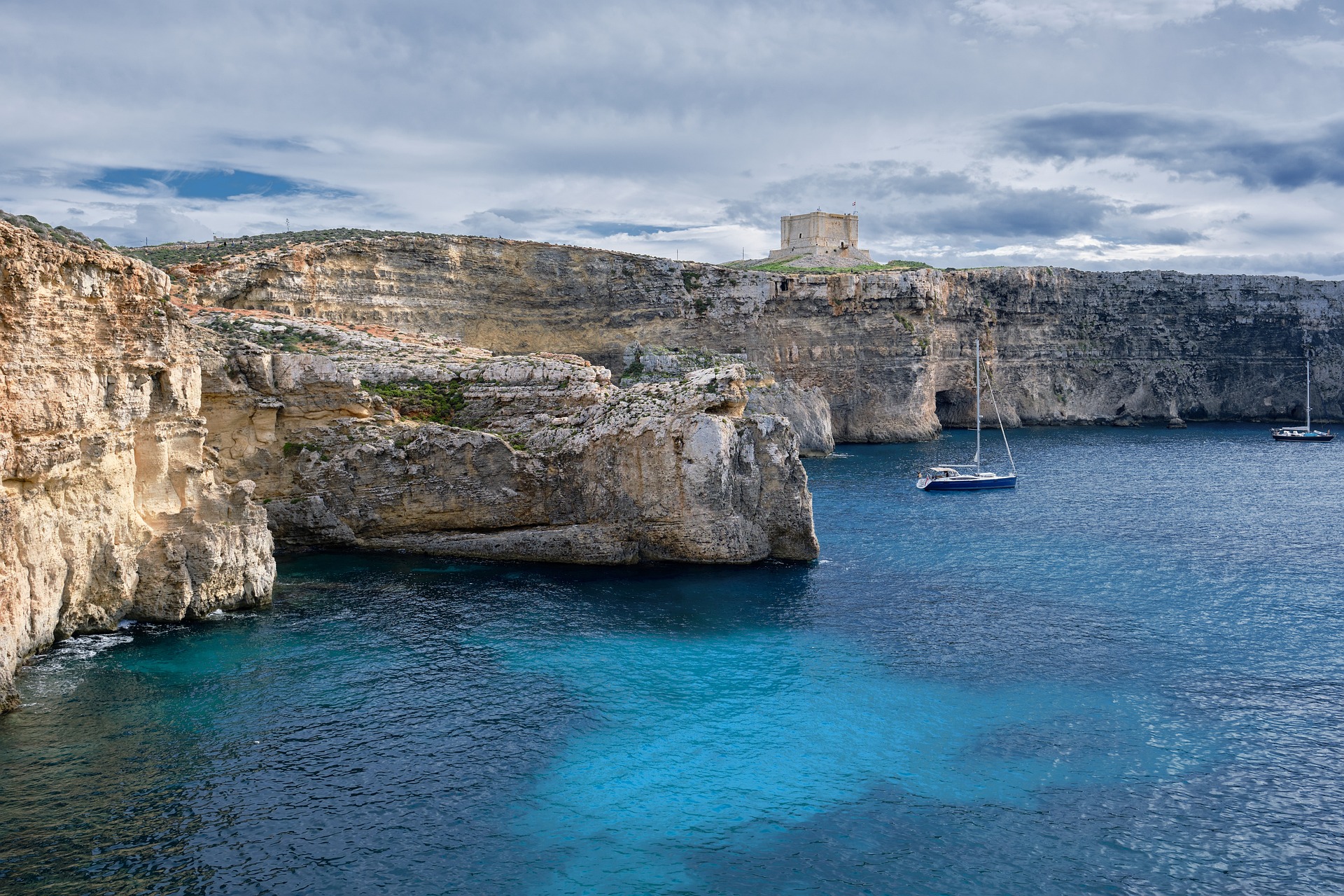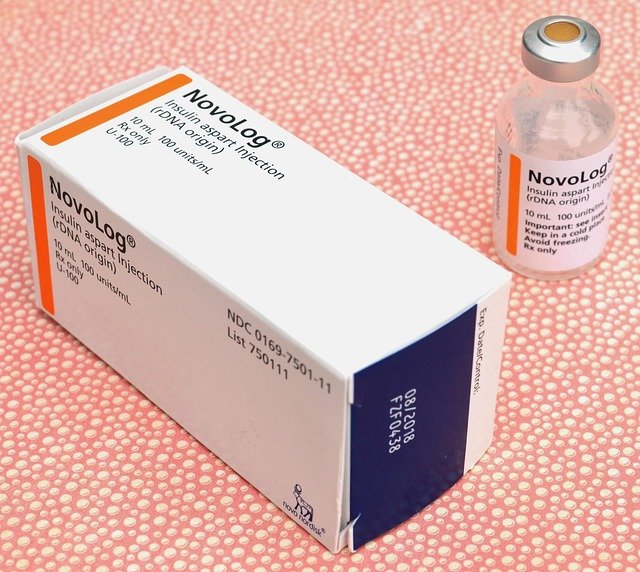Rediscovering Travel Post-Pandemic: The Emergence of Travel Bubbles
The global pandemic has significantly altered many aspects of our lives, not least of which is the world of travel. As countries grappled with the impact of the virus, the travel industry came to a grinding halt, with borders closing and quarantine measures put in place. In this new world, a novel concept has emerged: travel bubbles. But what exactly is a travel bubble, and how is it reshaping the future of travel?

Understanding The Concept of Travel Bubbles
A travel bubble, also known as a travel corridor or safe travel zone, refers to an agreement between two or more countries that have successfully contained the spread of COVID-19. These countries create a ‘bubble’ within which people can travel freely, without the need for quarantine on arrival or return. The concept of travel bubbles allows for the resumption of international travel and tourism, albeit in a limited and controlled manner.
Travel bubbles have cropped up across the globe. The Baltic states of Estonia, Latvia, and Lithuania were among the first to create such a bubble in May 2020. Australia and New Zealand also proposed a trans-Tasman bubble, and Singapore has created green lane arrangements with countries like China and Malaysia.
The Advantages and Challenges of Travel Bubbles
Travel bubbles have several benefits. Primarily, they allow for the resumption of international travel and tourism, supporting the recovery of economies heavily reliant on this sector. They also enable family members living in different countries to reunite after long periods of separation due to travel restrictions.
However, travel bubbles are not without their challenges. Firstly, they are dependent on all parties involved maintaining low infection rates, which requires effective testing, tracing, and quarantine measures. Secondly, the bubbles can create feelings of exclusion for those countries not included in the arrangement.
How Travel Bubbles Impact Travelers
Travel bubbles are reshaping the travel experience in multiple ways. For one, travelers are now limited to destinations within their bubble, forcing them to reconsider their travel plans. There is also a heightened emphasis on health and safety, with travelers required to undergo testing before departure and upon arrival.
Furthermore, the dynamic nature of the pandemic means that travel bubbles can burst at any moment. As such, travelers must be prepared for sudden changes to their plans, requiring a degree of flexibility previously unassociated with travel.
Quick Insights for Travelers
-
Ensure you are up-to-date on the latest travel advisories and restrictions for your destination.
-
Always have a backup plan in case your travel bubble bursts due to a surge in cases.
-
Consider travel insurance that covers COVID-19 related disruptions.
In Summary
The concept of travel bubbles presents a beacon of hope in these challenging times, paving the way for the gradual resumption of international travel. As travelers, we must adapt to these changes, ensuring we stay informed and flexible in our travel plans. With time, we can hope for a broader reopening of borders, but until then, travel bubbles offer a glimpse into the future of travel in a post-pandemic world.




